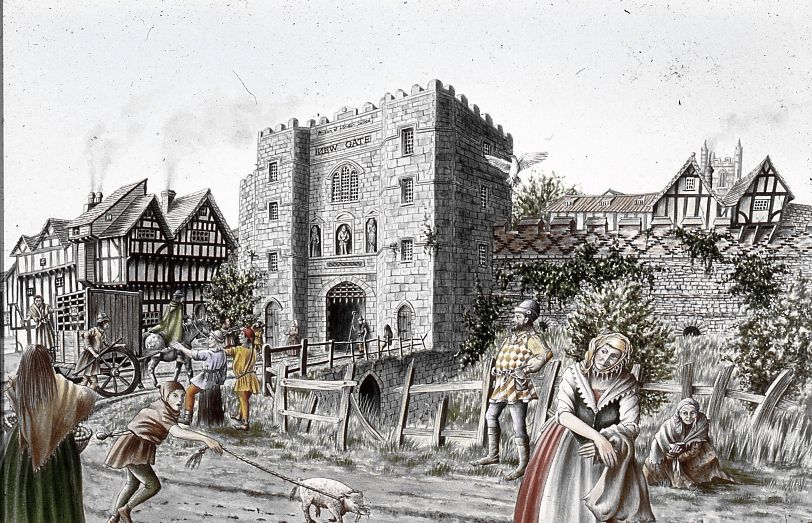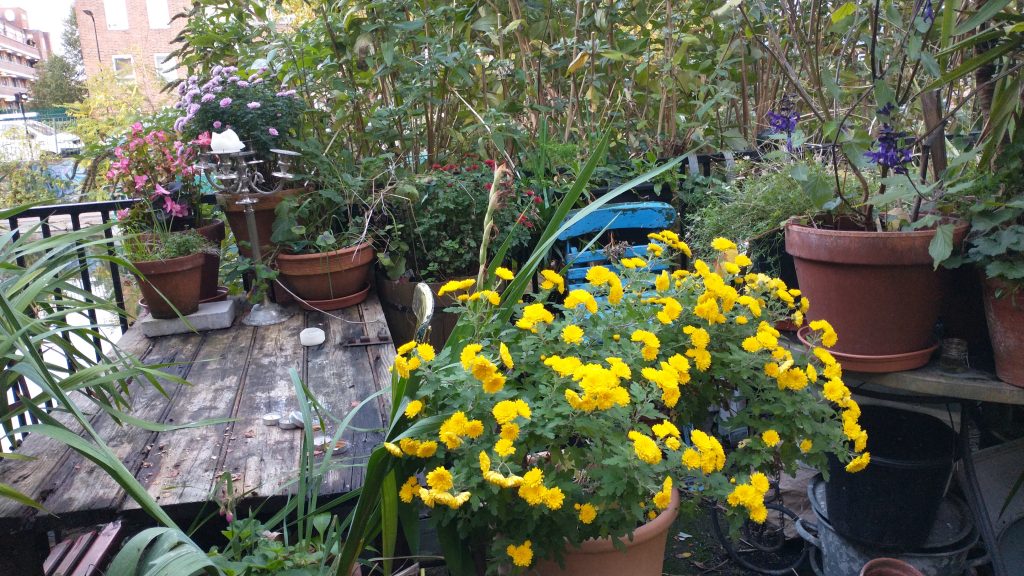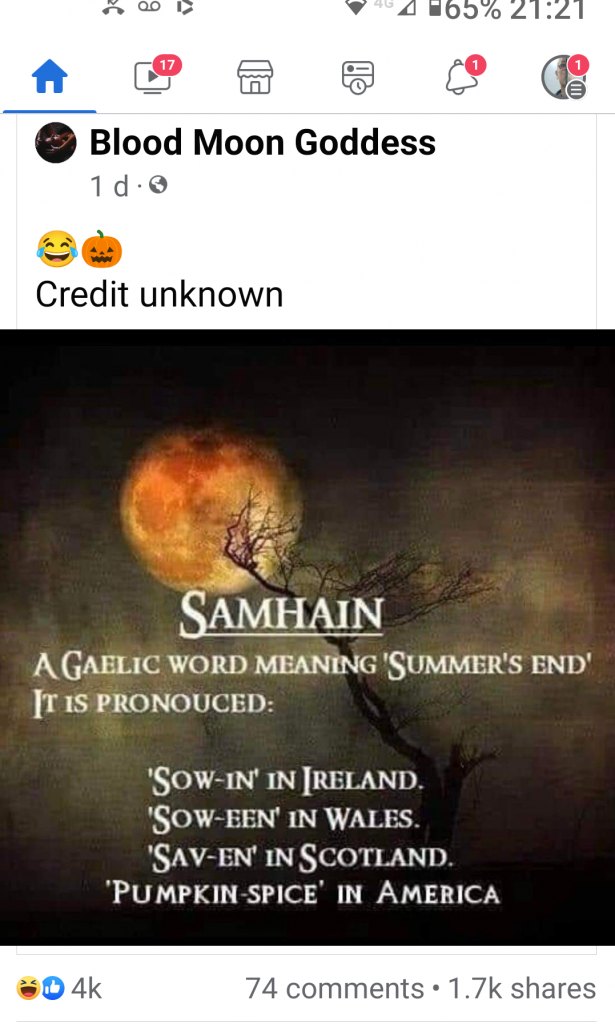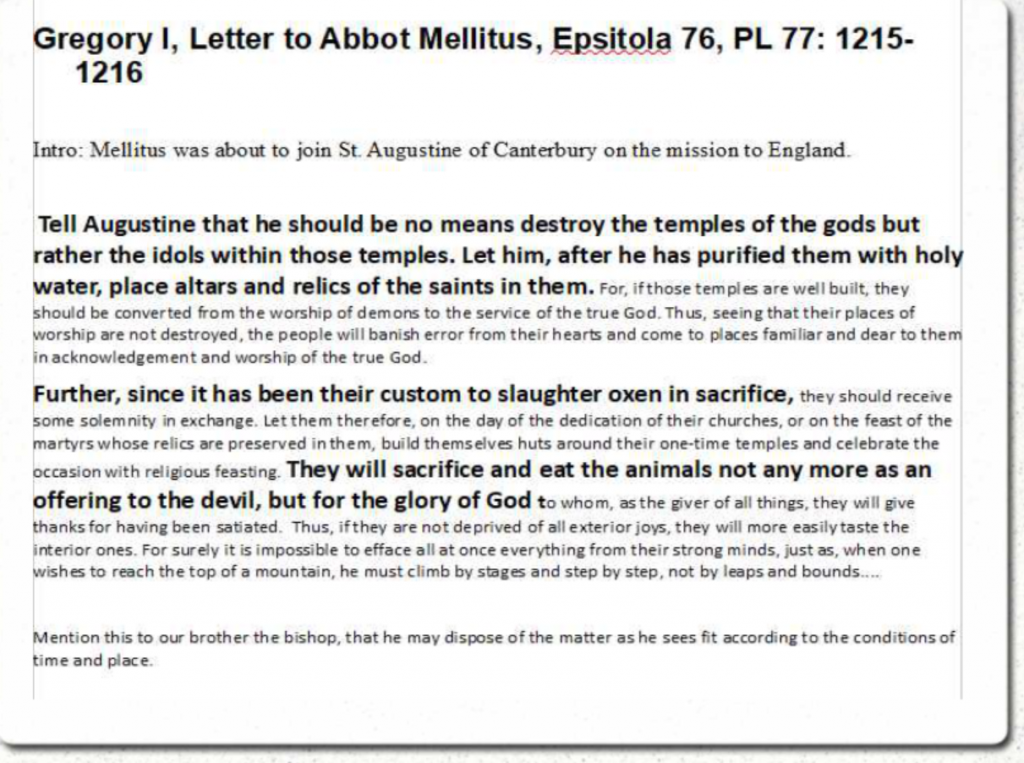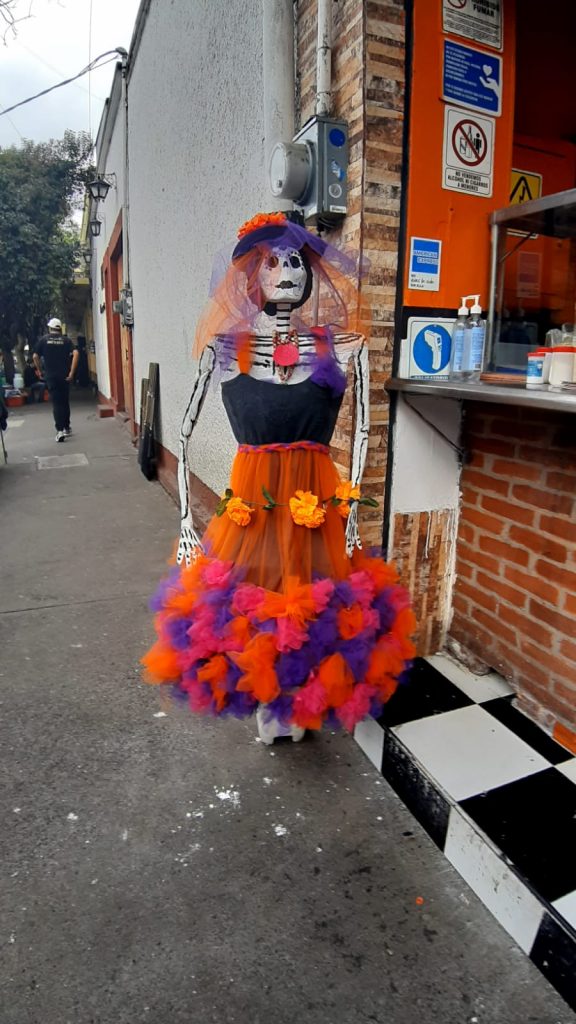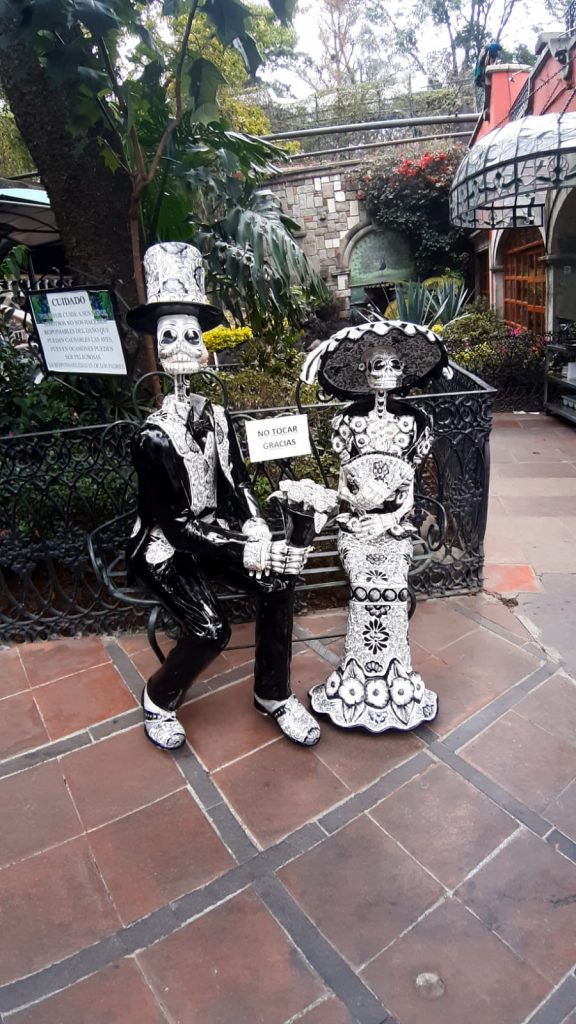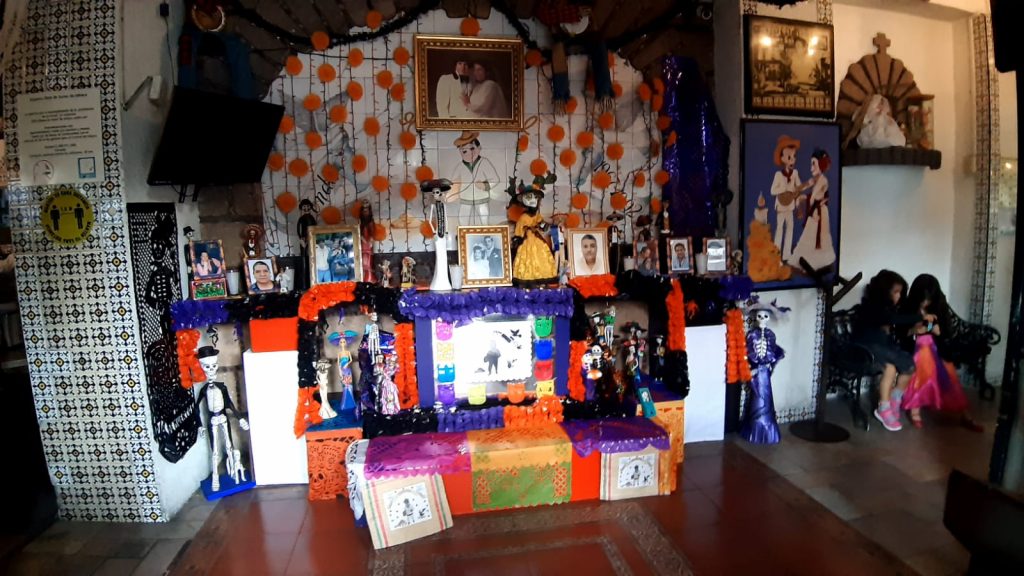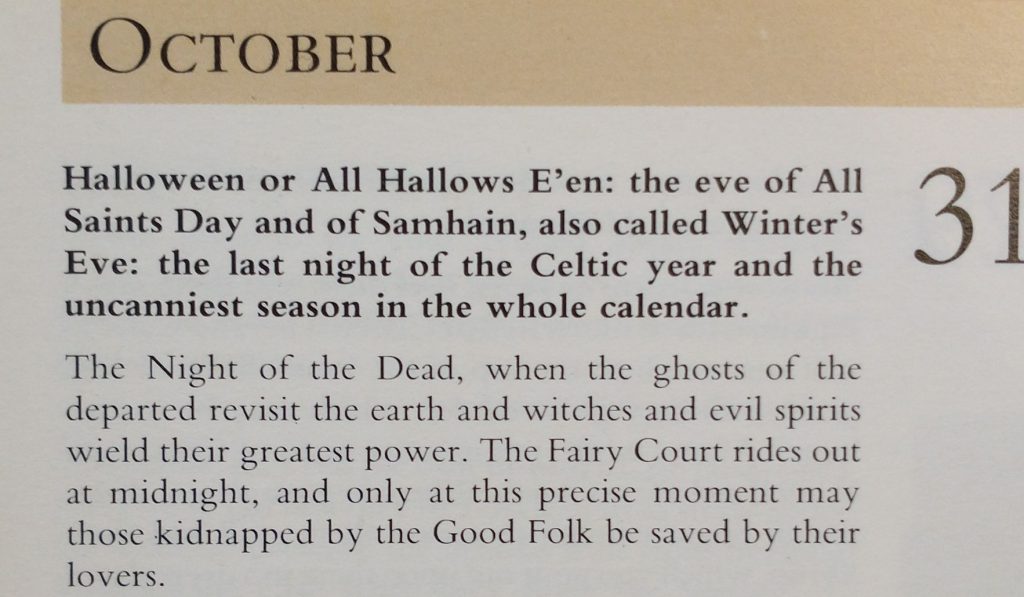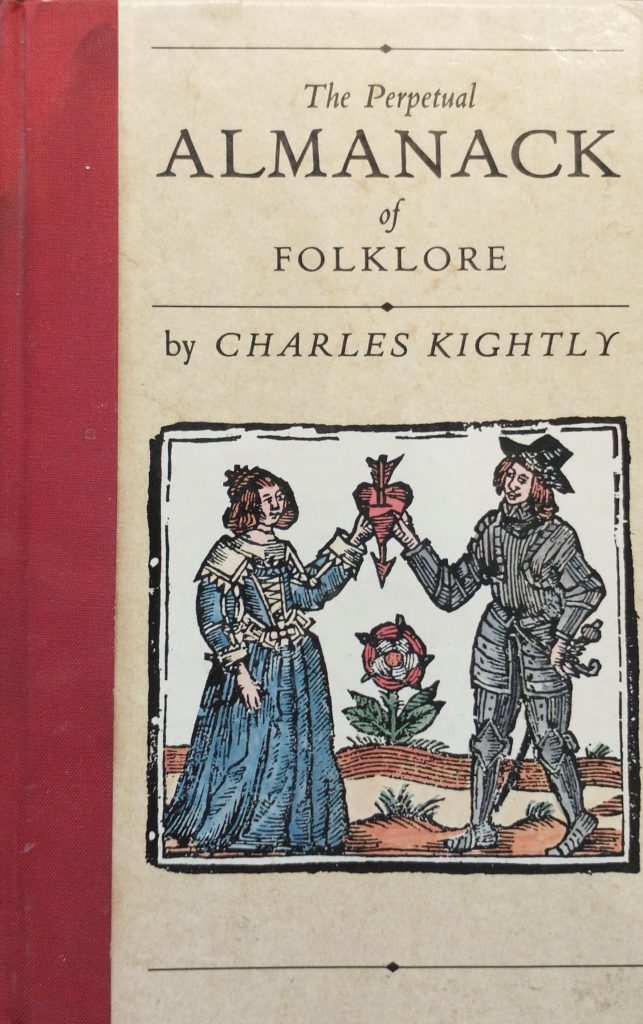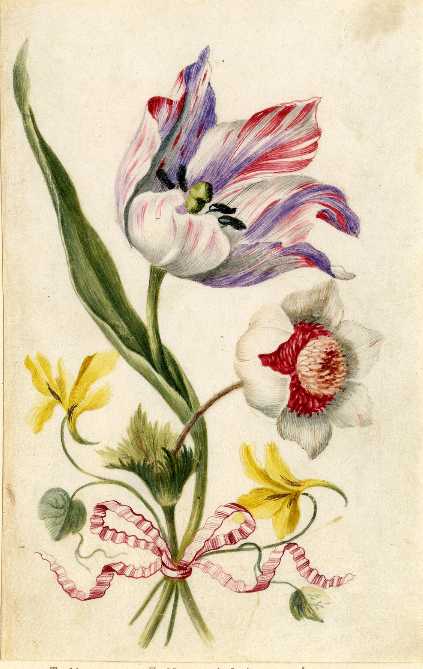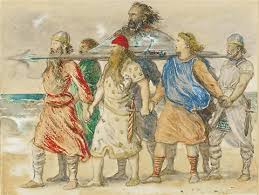
On April 30th, 870AD, St. Walpurga remains were ‘translated’ to Eichstätt. St Willibald had set up the town as the Diocesan centre of this part of Bavaria. So, in Germany today is known as Walpurgis Nacht. I wrote more on my page on St. Walpurga. Walpurga and her two brothers, Willibald and Winibald were Anglo-Saxon Saints who helped convert Germany to Christianity in the 8th Century.
The evening of April 30th is also the beginning of Beltane. Beltane is one of the principal Celtic Festivals, dedicated to the God Belinus. It is a Celtic Fire Ceremony, 6 months before Halloween, and the traditional beginning of Summer. (see my post of Halloween here.) Walpurgis Nacht is also halfway between the Spring equinox and the Summer solstice. So, a very important day in the Celtic Calendar. (see my post on May Day).
The Celtic Day began at Dusk, so May Day begins on 30th April. The Christian Church took over many local traditions and adapted them to the calendar of the Church. So a Saint’s Day, is preceded by an Eve. For example, All Hallows’ Day and Halloween, and May Day and May Eve.
In Sweden it is known as Valborg and as Čarodejnice in the Czech Republic.
A day of Uncanny Weirdness?
As May Day was an uncanny period dedicated to Pagan Deities, Walpurgis Nacht became a time when all the weird things are alive in the world. In response, the Christian Church associated a saint to the day to be a focus for defeating witchcraft. So, it is a popular tradition for this Night to see the burning of an effigy of a witch on a bonfire.
Walpurgis Nacht has really been taken over by Heavy Metal, and I refer you this page to begin your journey down a dark rabbit hole of head-banging rock. https://astromagicklounge.com/2021/04/30/celebrating-walpurgis-night-with-black-sabbath-aleister-crowley/
St Erconwald’s Day

It is also the Feast Day of St Erconwald. He was a Royal Prince who became one of the most famous Bishops of London (675 and 693). He set up Chertsey Abbey and Barking Abbey which his sister, St Ethelburga, became Abbess of. Not only that, but he was known as the light of London and was responsible for rebuilding St Pauls Cathedral. And helping completing the conversion of the Kingdom of Essex.
You might enjoy reading this alliterative poem of the 14th Century about his life. He is one of the patron saints of London, associated with early pilgrimage and many miracles.
First Published in 2024, revised in April 2025
